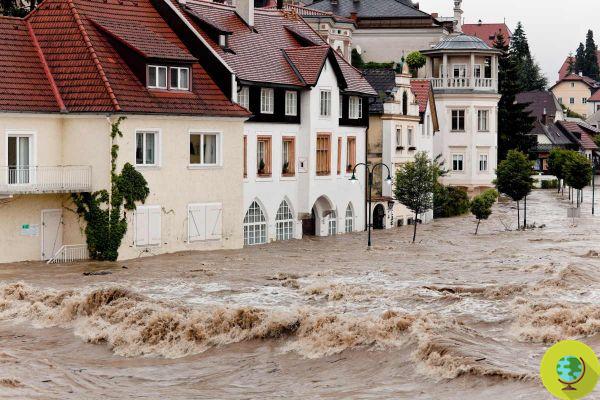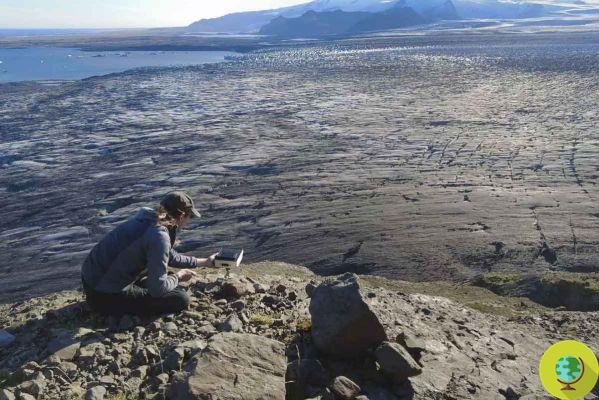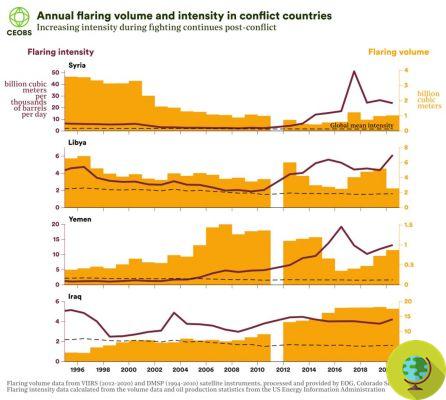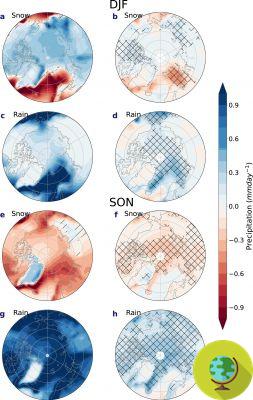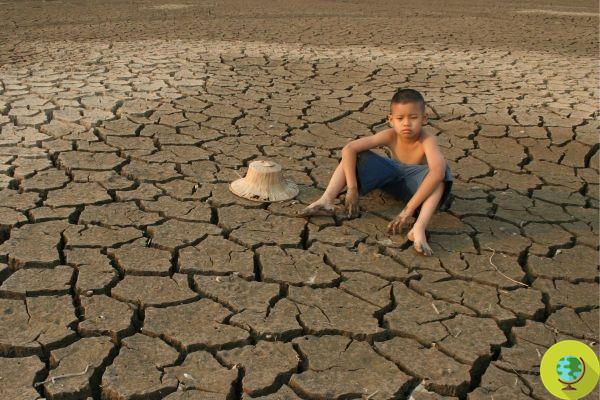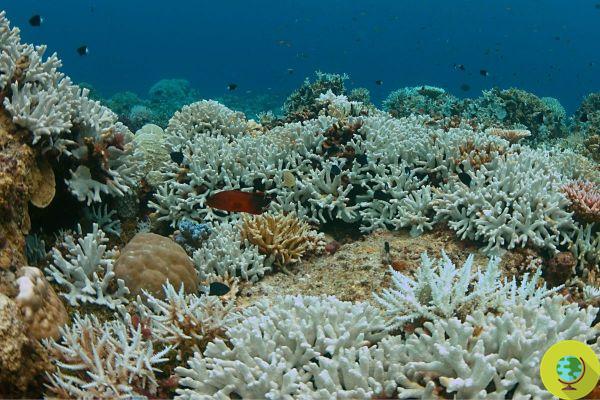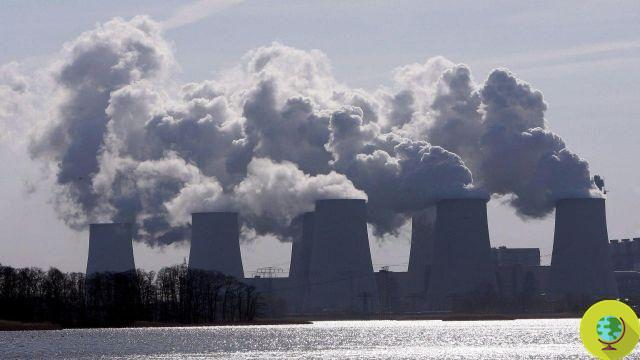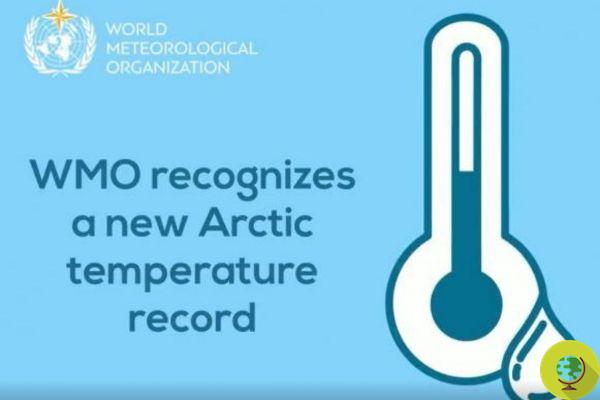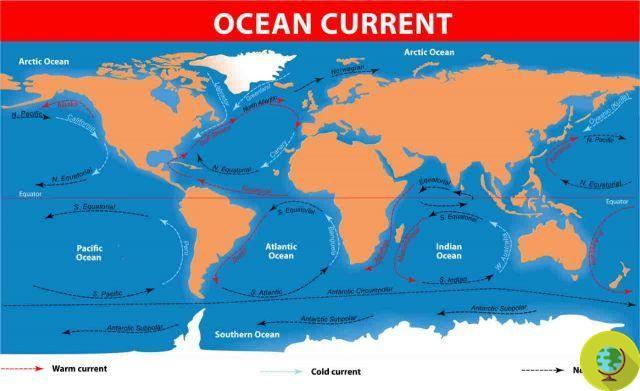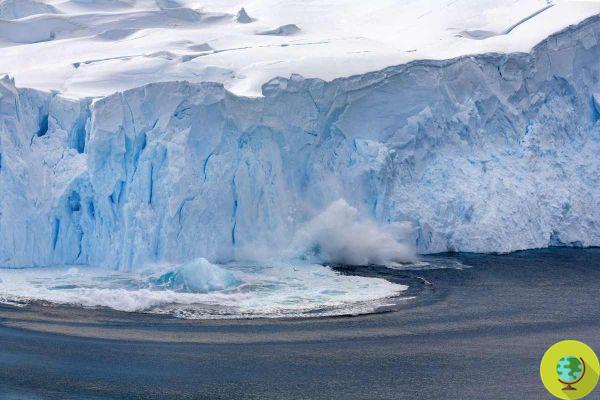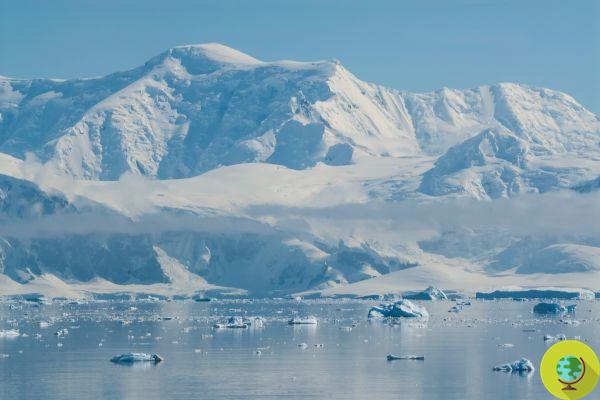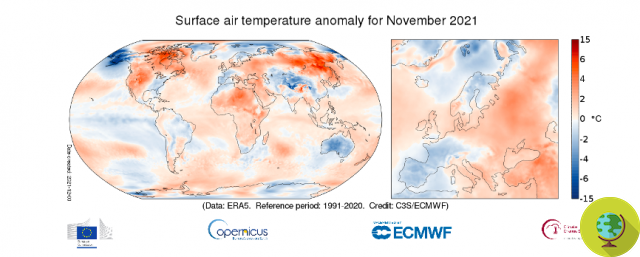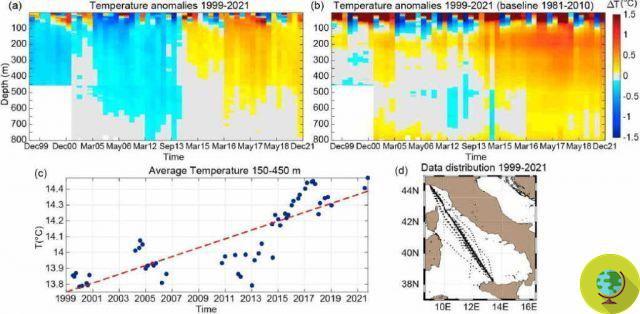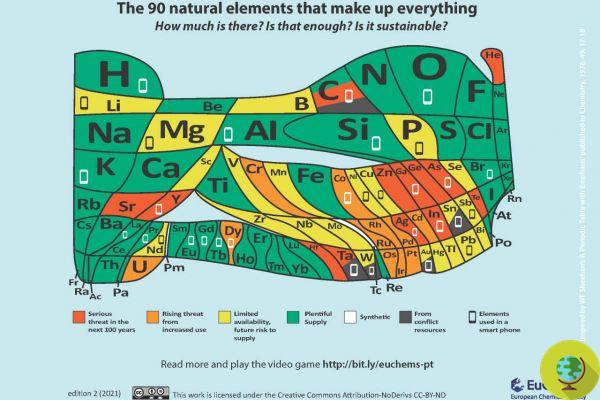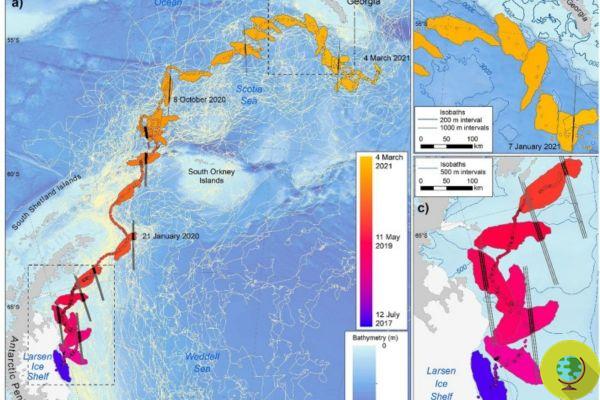
New, dramatic news comes from the melting glacier front due to anthropogenic global warming
A new, dramatic news arrives regarding the melting glaciers as a result of global warming: the A68A mega-iceberg, 5.719 square km wide (the sixth largest on record) and which broke away from the Larsen-C ice shelf in Antarctica more than three years ago, melted within three months between 2020 and 2021, rleaving over 152 billion tons of fresh water in the oceans (equivalent to the water contained in approximately 61 million Olympic-sized swimming pools).
This is what emerged from the observation carried out by researchers at the Center for Polar Observation and Modeling (CPOM), who used satellite measurements to record changes in the size and thickness of the iceberg during its life cycle. Five satellites contributed to the monitoring of A68A: the images collected by Sentinel-1, Sentinel-3 and MODIS were used to evaluate the progressive reduction of the occupied area, while the altimetry provided by CryoSat-2 and ICESat-2 provided useful information regarding the thickness.
While the detachment of the iceberg from the ice shelf and its drift path in the Southern Ocean had posed a threat to the inhabitants of the coastal regions of South Georgia, also its melting and the release of billions of tons into the sea water near the island could have serious repercussions on the marine habitat of the region.
(Read also: Arctic methane deposits from the "sleeping giant" are starting to unleash)
History
After detaching from the platform three and a half years ago, the A68A remained in the cold waters of the Weddell Sea (Antarctica) where, due to the cold temperatures of the water, it did not melt much. Only after embarking on its "journey" adrift northwards, towards increasingly warmer waters, did the iceberg begin to melt at an ever faster rate, thinning by 67 meters in a few weeks - quickly reaching the coastal territories of the South Georgia.
There it was feared for the populations living on the coasts, as the collision of the iceberg with the mainland could have destroyed coastal fauna or caused anomalous waves that would have undermined the safety of the coasts. However, by the time we reached the shallow waters around South Georgia, the thickness of the iceberg had already shrunk to 140 meters - less than the 150 which represents the depth of the sea floor in the area.
Even if the risk of direct collision with the iceberg has been avoided, this does not mean that the danger has passed: the rapid melting of the ice has released thousands of tons of fresh water into the sea, to the detriment of the marine ecosystem of the area. - marine plants and animals living close to coasts could be greatly affected by the sudden change in salinity and in the chemical composition of the water, with consequences that are not entirely foreseeable.
Follow your Telegram | Instagram | Facebook | TikTok | Youtube
Fonte: Remote Sensing of Environment
We also recommend:
- Melting of glaciers at a record rate. In just 20 years, an area the size of the UK has been lost
- Greenland's glaciers lose mercury as they melt
- The melting of the permafrost behind the Arctic fuel spill - it's a time bomb




